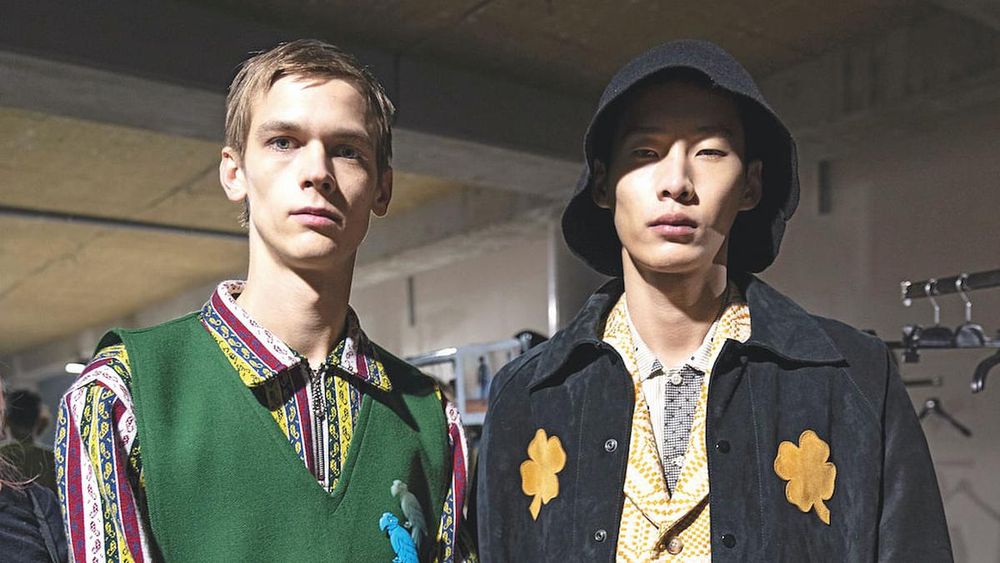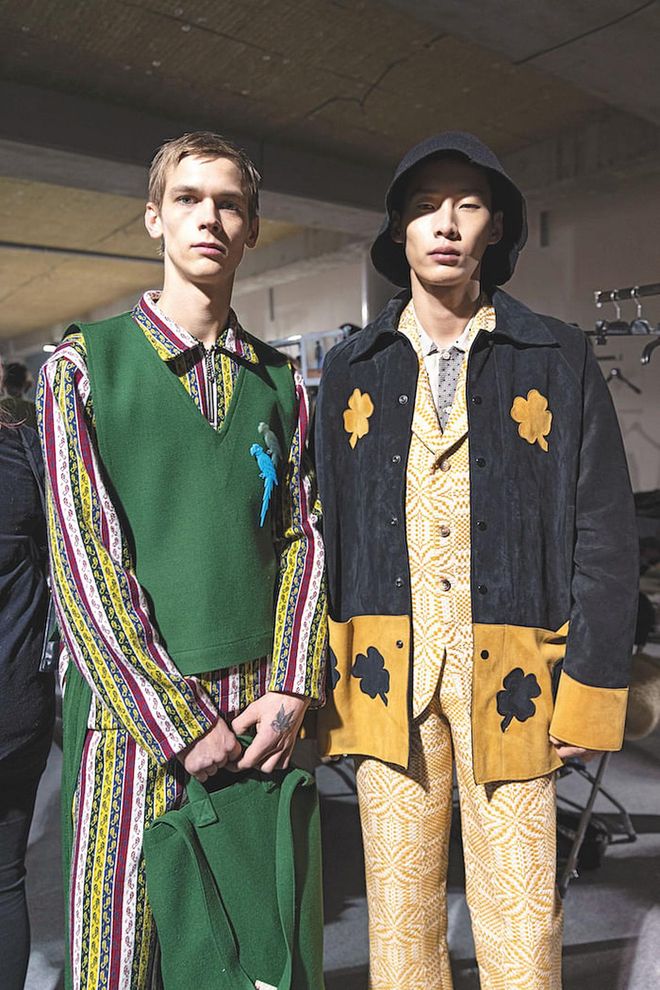Sustainable Fashion: New Designers Are Rethinking The Way They Create
What goes around comes around


Bode fall/ winter 2020
In recent years, sustainability in fashion has become an increasingly urgent issue to address, considering the industry’s impact on the environment. The path to sustainability, however, is not a straightforward one. Some brands have pledged to be more transparent about their manufacturing, while others have taken the easy route of carbon offsetting. There is also a smaller group of more-thoughtful designers who look at the bigger picture—taking in the amount of waste that is already rampant and upcycling it, giving new life to deadstock, discarded or vintage fabrics.
Related article: Monica Vinader Collaborates With Sustainable Fashion Influencer Doina Ciobanu
One of the most prominent young designers working in this sphere is Emily Adams Bode, who, since launching Bode in 2016, has been scooping up industry accolades—including the Emerging Designer of the Year award at the 2019 CFDA Fashion Awards. She made her debut at Paris Fashion Week last year, where her vision of homespun, eclectic nostalgia immediately, stood out. Her aesthetic is rooted in workwear, but composed of antique fabrics such as old kimonos, Victorian bed linens, quilts, towels, tablecloths and curtains—all lovingly embroidered and patchworked.
Related article: Zalora Commits To Shaping A Sustainable Fashion Ecosystem
MatchesFashion.com was one of the earliest retailers to buy into Bode’s vision. Natalie Kingham, its Fashion and Buying Director, says: “The brand’s artisanal DNA resonates well with our customers. The limited nature of the pieces makes them feel like modern heirlooms. The bowling-style shirts continue to be popular due to the nostalgic fit, beautiful fabrications and intricate embroidery.”
Related article: Every Sustainable Fashion Choice Made At The 2020 Oscars
Vintage fabrics naturally come preloaded with history, and the deftest designers are able to tap into this to create something meaningful. For Priya Ahluwalia, who launched Ahluwalia in 2018, this means sourcing her materials from India and Nigeria—where her familial roots are and where most of the Western fashion world’s waste is discarded—and then repurposing them in London, where she is based. Her work draws from both her own immigrant experience and the diverse music scene she grew up observing in 1990s London.
Related article: 8 Asian Sustainable Fashion Brands Making A Splash In The Industry
Testament to the fashion establishment’s belief in her approach, Ahluwalia was announced as one of the joint winners of this year’s LVMH Prize. The brand is also stocked on MatchesFashion.com and the retailer’s Head of Menswear, Damien Paul, says: “We were initially drawn to the strong and powerful Ahluwalia aesthetic—the brand has such a clear identity. Then, when we investigated further, her research inspired us as we learnt how she finds the textiles and brings them back to life again. Her approach is unique and super forward-thinking, and we knew the clothes would attract this really modern guy who is focused on fashion, but is also keen to understand the journey of what he’s buying.”
Some designers also factor in social entrepreneurship. Cue Bethany Williams, who founded her namesake brand in 2017. She sources recycled or deadstock fabrics, and also works with homeless shelters and prisons to provide employment to marginalised communities. For all the progressive ideals baked into them, the clothes do stand on their own—cheerful collages and patchworks of colour and pattern. For her work, Williams received the Queen Elizabeth II Award for British Design in 2019. The proof that upcycling is the way forward lies in the fact that the practice has trickled up to even the biggest brands, which are starting to work with archival or deadstock fabrics. As the pandemic forces a greater reckoning with the ways we create and consume, it has become clear that this is a great leap in the right direction.